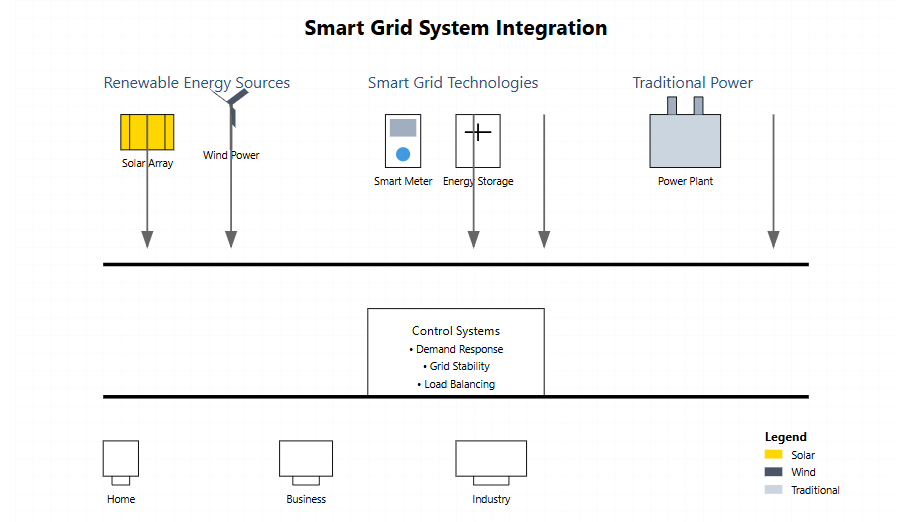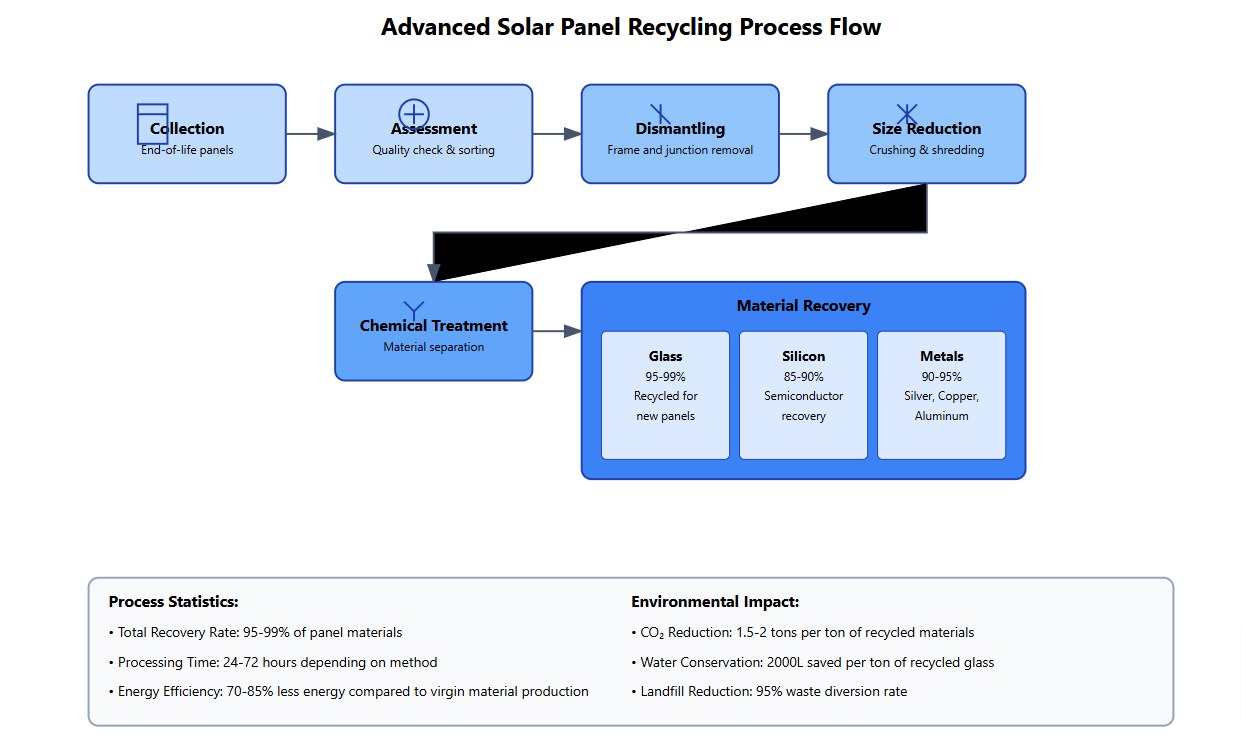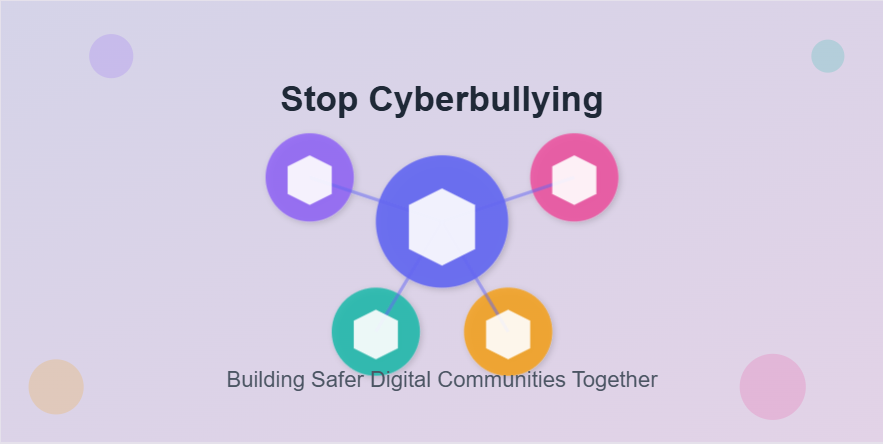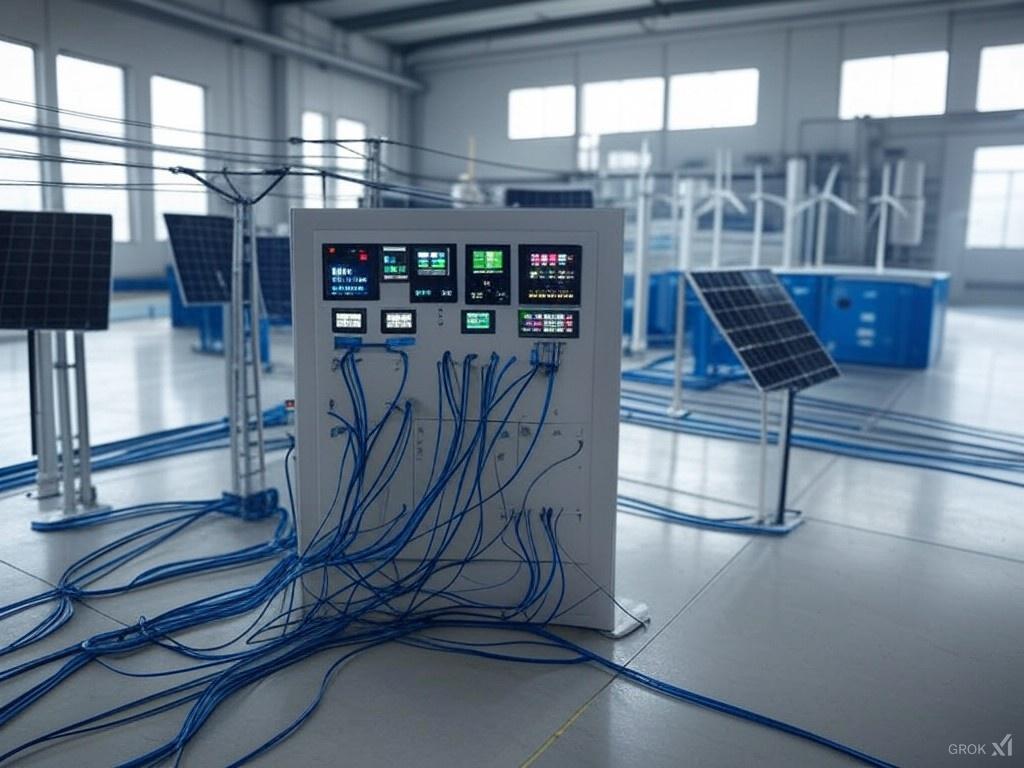Table of contents
As the world accelerates its transition to renewable energy, power utilities face an unprecedented challenge: integrating variable renewable energy sources into existing grid infrastructure while maintaining reliability and stability. This integration journey represents one of the most significant transformations in the history of our electrical systems, combining technical innovation with strategic planning to create a more sustainable and resilient power grid.
Key Insight: According to the International Energy Agency’s 2023 report, renewable energy sources accounted for over 80% of new electricity generating capacity added globally in 2022, highlighting the urgent need for robust integration solutions.
What Are the Current Integration Challenges?
The integration of renewable energy sources into existing power grids presents several complex challenges that utilities must address:
How Does Variability Impact Grid Stability?
Solar and wind power generation varies throughout the day and seasons, creating significant challenges for grid operators. Unlike traditional power plants, renewable energy sources can’t simply be turned on or off to meet demand. A recent study in Nature Energy demonstrates that grid operators must maintain a delicate balance between supply and demand, with fluctuations potentially causing frequency instability.

What Role Does Infrastructure Play?
Many existing power grids were designed for one-way power flow from centralized generation facilities to consumers. The integration of distributed renewable energy sources requires significant infrastructure upgrades to handle bi-directional power flows and maintain grid stability.
The transition to a renewable-powered grid isn’t just about adding more solar panels and wind turbines—it’s about fundamentally reimagining our entire power distribution infrastructure.” – Dr. Sarah Chen, Power Systems Engineer at the Electric Power Research Institute
How Are Smart Grid Technologies Enabling Integration?
Advanced smart grid technologies are emerging as crucial enablers for renewable energy integration. These solutions provide the flexibility and control needed to manage variable renewable energy sources effectively:

What Makes Grid Management “Smart”?
- Advanced Metering Infrastructure (AMI): Enables real-time monitoring and response to grid conditions
- Artificial Intelligence: Predicts renewable generation patterns and optimizes grid operations
- Digital Twin Technology: Creates virtual models for testing and optimization
Why Are Energy Storage Systems Critical?
Energy storage systems represent a crucial piece of the integration puzzle, providing the flexibility needed to balance variable renewable generation with demand.
Market Growth: The global grid-scale energy storage market is projected to reach $94.7 billion by 2025, with a CAGR of 20.4% from 2023-2025.

What Does the Future Hold for Grid Integration?
The future of renewable energy grid integration looks promising, with several emerging technologies and approaches set to revolutionize how we manage power systems:
Key Developments on the Horizon:
- Vehicle-to-Grid (V2G) Integration: Electric vehicles serving as distributed storage resources
- Blockchain-Based Energy Trading: Enabling peer-to-peer renewable energy markets
- Advanced Weather Forecasting: Improving renewable generation predictions
Conclusion: Embracing the Integration Challenge
The successful integration of renewable energy into our power grids represents both a significant challenge and an unprecedented opportunity. As we’ve explored, the combination of smart grid technologies, energy storage solutions, and innovative management approaches is making this transition possible.
Action Steps for Utilities:
Foster partnerships with technology providers and research institutions
Invest in grid modernization and smart technologies
Develop comprehensive energy storage strategies
Implement advanced forecasting and management systems










